Nature vs. Nurture: Crafting the Ideal Environment for Horses
The age-old debate of nature versus nurture isn’t just for psychologists—it’s a crucial consideration for anyone who works with horses. Are a horse’s abilities and temperament shaped more by its genetics or by its environment, training, and care? The truth lies somewhere in between. While a horse’s breed and bloodline set the foundation, how it is raised, managed, and trained can dramatically influence its health, performance, and even personality.
Whether you’re a breeder, trainer, or simply a horse lover, understanding this balance can help you create the best possible life for your equine partner. In this post, we’ll explore how genetics and environment interact, debunk common myths, and provide practical tips for crafting an ideal setting where any horse can thrive.
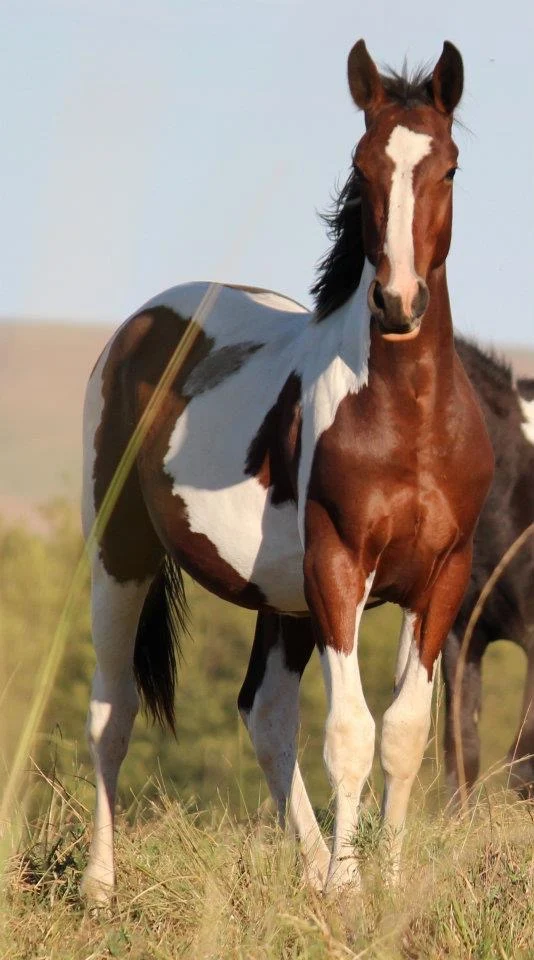
The Role of Nature: Genetics in Horses
When it comes to horses, genetics lay the foundation for nearly everything—from physical ability to temperament and even longevity. Just as human athletes might inherit traits that predispose them to speed or strength, horses are deeply influenced by their bloodlines. But how exactly does nature shape our equine partners?
Breed & Inherent Traits
Different horse breeds have been selectively developed over centuries to excel in specific roles, and these genetic predispositions still matter today:
- Thoroughbreds are bred for speed and stamina, making them naturals on the racetrack.
- Quarter Horses possess explosive muscle power, ideal for sprinting or cattle work.
- Draft breeds (like Clydesdales or Shires) inherit the size and strength needed for heavy pulling.
- Arabians are known for endurance, heat tolerance, and a distinctive high-tail carriage—all linked to their desert origins.
Even within breeds, lineage matters. A Warmblood from a proven dressage lineage may inherit movement and trainability, while a Mustang’s wild ancestry could contribute to hardiness and strong survival instincts.
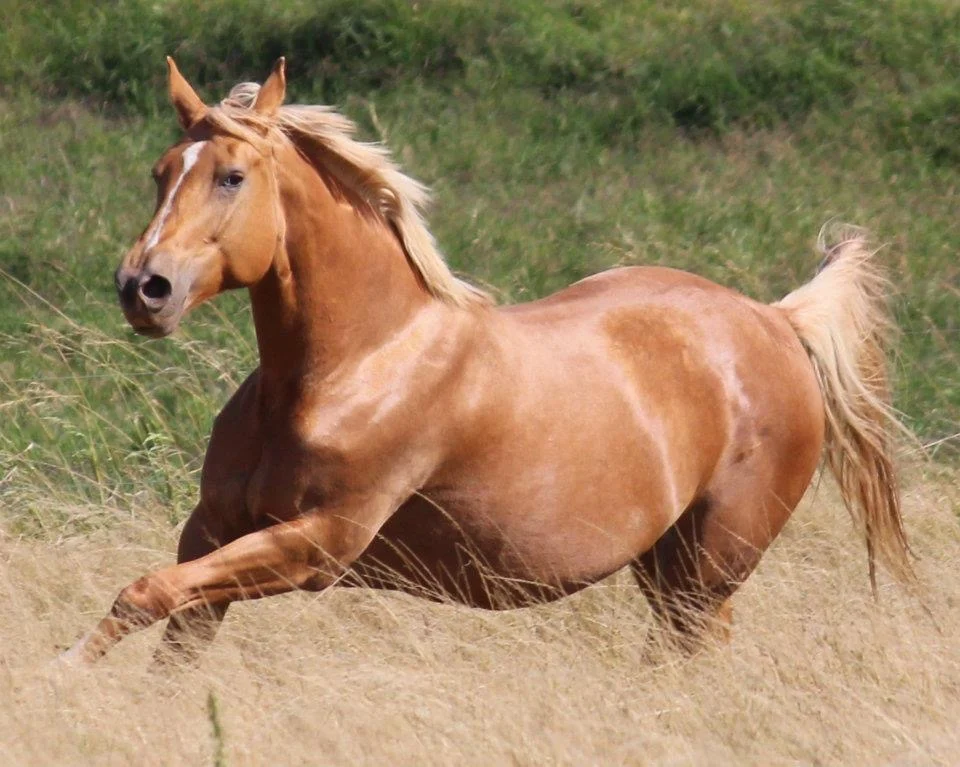
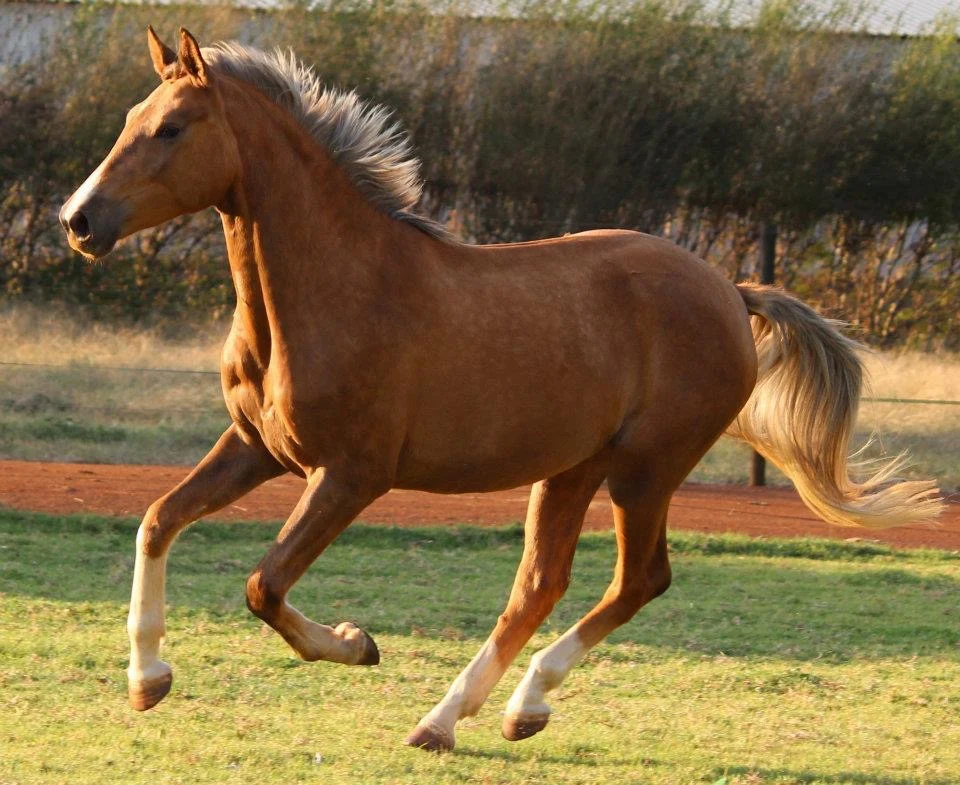
Temperament & Behavior
Genetics don’t just affect the body—they influence the mind. Some horses are naturally more curious, bold, or reactive due to inherited traits. For example:
- Studies suggest that anxiety-related behaviors (like spookiness or herd-bound tendencies) can have a genetic component.
- Breeds like the Friesian or Fjord are often praised for their calm, willing temperaments—a trait selectively bred over generations.
Health & Genetic Risks
Unfortunately, genetics can also bring challenges. Certain breeds are prone to specific health issues:
- Laminitis in ponies and draft crosses.
- HYPP (Hyperkalemic Periodic Paralysis) in some Quarter Horse lines.
- OCD (Osteochondritis Dissecans), a joint disorder more common in fast-growing breeds like Warmbloods.
Responsible breeding and genetic testing (e.g., for PSSM or HERDA) can help mitigate risks, but knowing a horse’s genetic background is key to proactive care.
Nature’s Limits (and Potential)
While genetics set the stage, they’re not the whole story. A well-bred racehorse may have the potential for greatness, but without proper training and care, that talent could go unrealized. Conversely, a “plainly bred” horse with the right nurture might surpass expectations.
The Power of Nurture: Environment & Care
While genetics provide the blueprint, a horse’s environment, management, and training determine how those innate qualities develop—for better or worse. Even the most talented horse can underperform (or develop behavioral issues) in poor conditions, while an average horse can thrive with thoughtful care. Here’s how nurture shapes equine potential:
Diet & Nutrition: Fueling Genetic Potential
A horse’s diet directly impacts its growth, performance, and long-term health:
- Developmental Years: Poor nutrition in foals can lead to stunted growth or weak bone development, regardless of breeding.
- Performance Horses: An athletic horse with mediocre genetics may outperform a genetically gifted one if fed an optimized diet for energy, muscle recovery, and joint support.
- Metabolic Health: Even horses predisposed to metabolic disorders (like EMS or PPID) can often be managed through careful dietary control.
Example: Two Warmbloods from the same bloodline—one raised on balanced nutrition with proper minerals, the other on low-quality forage—may mature with vastly different bone density and muscle development.
Training & Handling: Shaping Mindset
A horse’s early experiences rewire its brain, influencing confidence, trust, and trainability:
- Positive Reinforcement builds willingness and curiosity, while harsh methods may trigger defensive behaviors (even in naturally calm breeds).
- Desensitization can help a genetically “spooky” horse become reliable in chaotic environments (e.g., show grounds or trails).
- Consistency Matters: Inconsistent handling can confuse any horse, but those with anxious temperaments may deteriorate faster without clear boundaries.
Case Study: A Thoroughbred off the track with a “hot” genetic predisposition can become a steady riding horse with patient retraining—or remain reactive if rushed.
Living Conditions: The Silent Influencer
- Socialization: Horses isolated from peers may develop stress behaviors (weaving, cribbing) even if genetically calm.
- Space & Movement: Restricted turnout can exacerbate stiffness or metabolic issues, while free movement supports joint health and mental well-being.
- Mental Stimulation: Boredom leads to vices; environmental enrichment (toys, varied terrain) can keep even “high-strung” breeds content.
Example: A Mustang with rugged genetics may struggle in a stall-dominated lifestyle but flourish in a pasture with herdmates and room to roam.
Healthcare: Preventing (or Provoking) Problems
- Hoof Care: Regular trimming/shoeing can compensate for weak hoof genetics (e.g., thoroughbreds with thin soles).
- Parasite Control: Even hardy breeds can succumb to heavy worm burdens without proper management.
- Preventive Care: Vaccinations, dental work, and early injury intervention help any horse maximize its genetic lifespan.
Key Takeaway: Nurture can’t change a horse’s DNA, but it can amplify strengths, mitigate weaknesses, and sometimes rewrite expected outcomes.
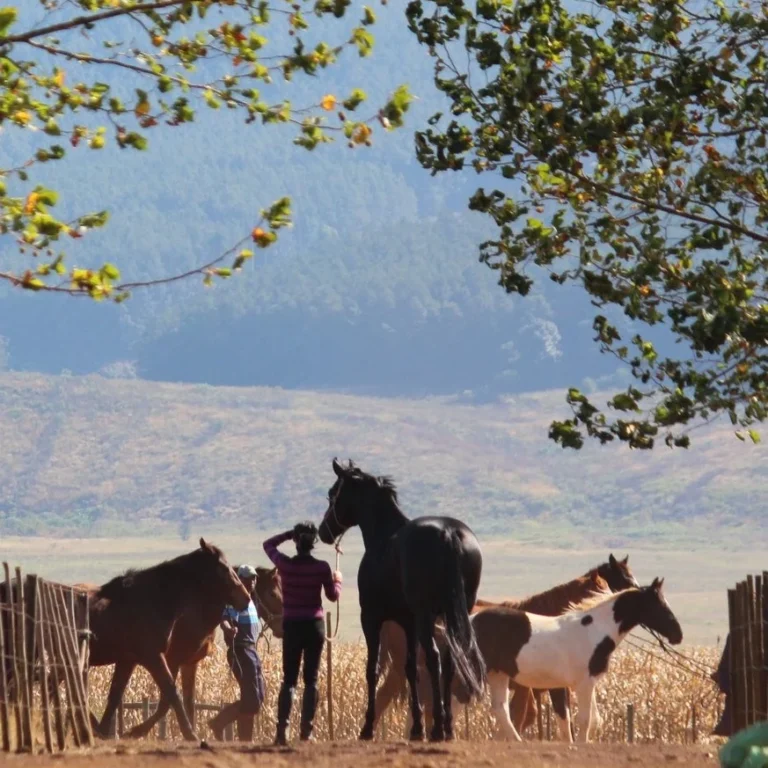
The Interaction Between Nature & Nurture
The most fascinating aspect of equine development isn’t nature or nurture—it’s how they collide, complement, and sometimes contradict each other. A horse’s genetic potential is like a seed: plant it in poor soil, and it may never flourish, but even the humblest seed can thrive with the right care. Here’s how these forces intertwine in real-world scenarios.
Case Study 1: The Overlooked All-Star
- Nature: A grade horse with no notable pedigree, moderate conformation, and an unremarkable gait.
- Nurture: Raised in a stimulating environment with patient training, balanced nutrition, and consistent turnout.
- Result: Develops into a dependable, sound, and willing partner—outperforming pricier, “better-bred” peers due to resilience and trust in handlers.
Takeaway: Nurture can unlock hidden potential where genetics don’t promise greatness.
Case Study 2: The Underperforming Blueblood
- Nature: A Warmblood from elite dressage bloodlines, bred for movement and trainability.
- Nurture: Rushed training, inadequate socialization, and high-stress show schedules.
- Result: Develops ulcers, resistance under saddle, and a reputation for being “difficult”—despite innate talent.
Takeaway: Even the best genetics can be undermined by poor management.
The Flexibility of Temperament
- Genetic Tendencies: A nervous Arabian may always be more alert than a stoic Percheron.
- Environmental Influence: But with deliberate desensitization and positive reinforcement, that Arabian can become a focused, brave trail horse—while the Percheron, if neglected, might become stubborn or dull.
Health: Where Nature Meets Prevention
- Predisposition ≠ Destiny: A horse genetically prone to laminitis may never develop it with proper diet and exercise, while a low-risk horse might founder on sugary pasture.
- Epigenetics: Emerging research suggests that environmental factors (like stress or nutrition) can “turn on” or “off” genetic health risks—meaning care today can alter a horse’s future.
The Middle Ground
- For Breeders: Pairing good genetics with optimal early care (e.g., foal imprinting, balanced nutrition) sets a lifelong foundation.
- For Owners: Recognizing a horse’s genetic limits (e.g., a draft cross won’t become a Grand Prix jumper) without underestimating what nurture can refine.
Key Insight: Nature draws the map, but nurture chooses the path.
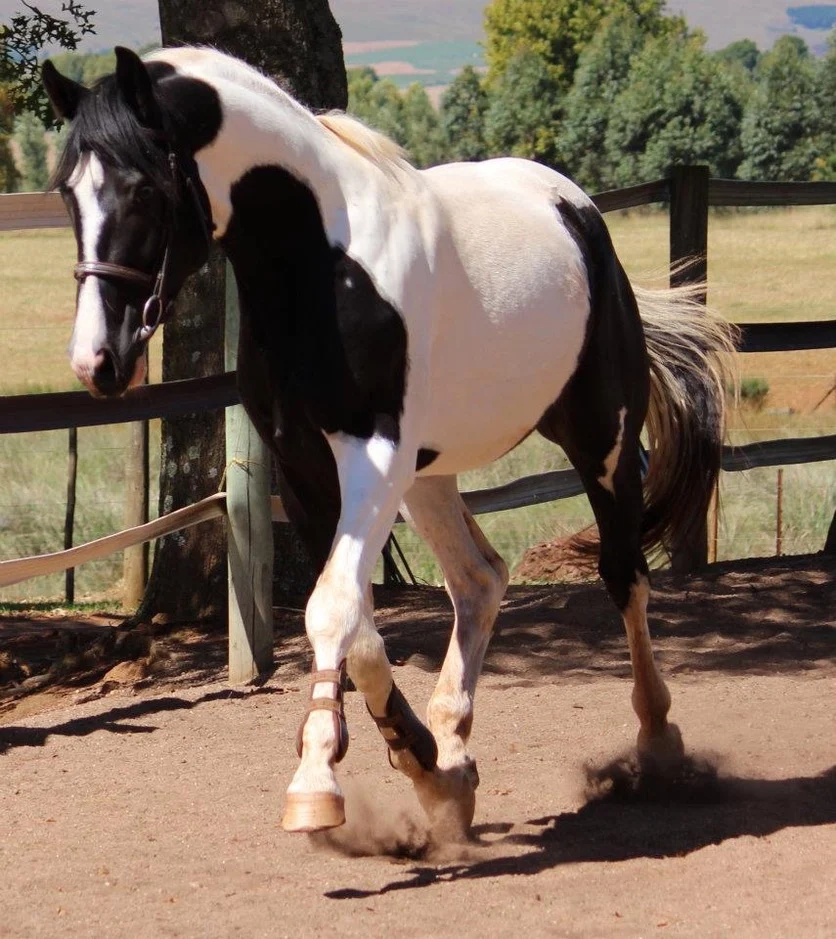
Crafting the Ideal Environment for Horses
Now that we understand how genetics and environment interact, the question becomes: How can we create conditions that help any horse—regardless of its natural strengths or limitations—thrive? Whether you’re working with a high-performance prospect or a happy backyard companion, these practical strategies will help you optimize both nature and nurture.
1. Selecting the Right Horse for Your Goals
“Nature” Consideration:
- Choose a breed or type aligned with your discipline (e.g., a Quarter Horse for ranch work, a Hanoverian for dressage).
- Research bloodlines if possible—some families are known for specific traits (e.g., calm temperaments, soundness, or athleticism).
“Nurture” Adjustment:
- Be realistic about your ability to manage certain traits. A highly strung Thoroughbred may need more experienced handling than a steady draft cross.
- Consider adopting or rescuing—many “off-brand” horses flourish with the right care and training.
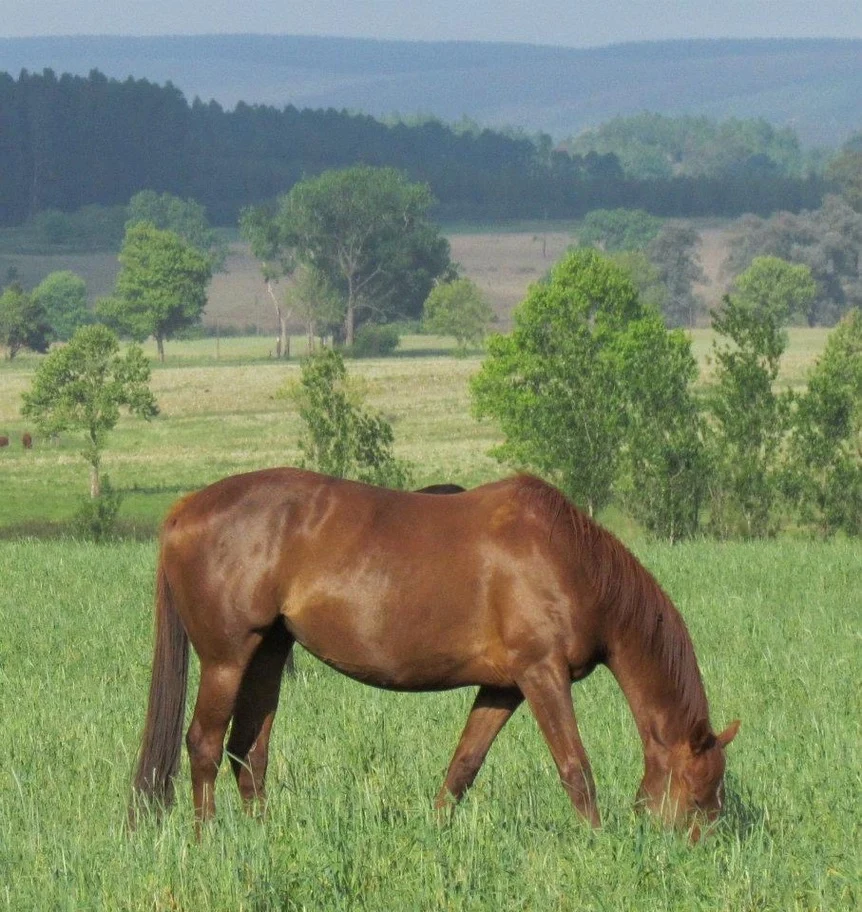
2. Nutrition: Feeding for Genetic Potential
For All Horses:
- Quality forage as the foundation—hay or pasture should be clean and mold-free.
- Balanced minerals (especially copper, zinc, and selenium) to support hoof, coat, and immune health.
- Tailored supplements if needed (e.g., joint support for large breeds, electrolytes for hard-working horses).
Special Cases:
- Easy Keepers (e.g., Ponies, Morgans): Limit sugars/starch to prevent obesity and metabolic issues.
- Hard Keepers (e.g., Thoroughbreds, Saddlebreds): Provide calorie-dense feeds with fats and digestible fibers.
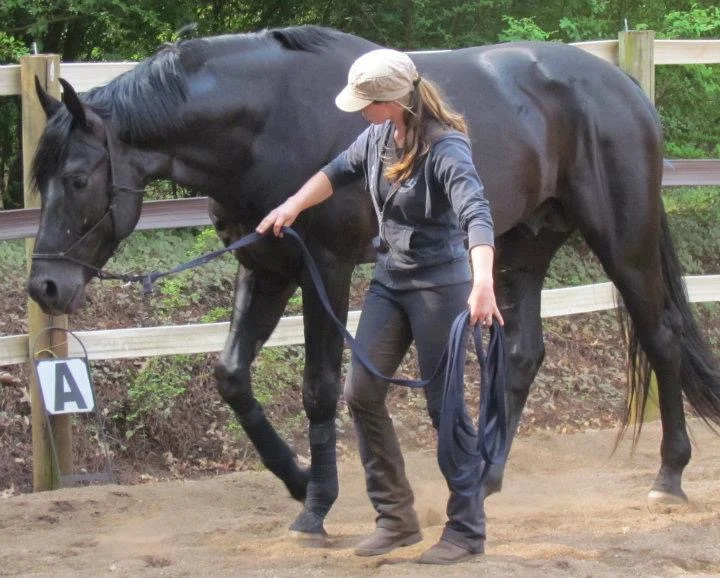
3. Training & Mental Development
For Young Horses:
- Start slow—foundational ground work builds confidence and respect.
- Expose them to varied environments (trails, traffic, water) to encourage adaptability.
For Nervous or Reactive Horses:
- Use desensitization techniques (e.g., flag work, obstacle training) to build trust.
- Avoid punishment-based methods—positive reinforcement (treats, praise) often works better for anxious types.
For “Stubborn” or Lazy Horses:
- Rule out pain first (back, teeth, or saddle fit issues).
- Make training engaging with trail rides, pole work, or liberty exercises to spark interest.
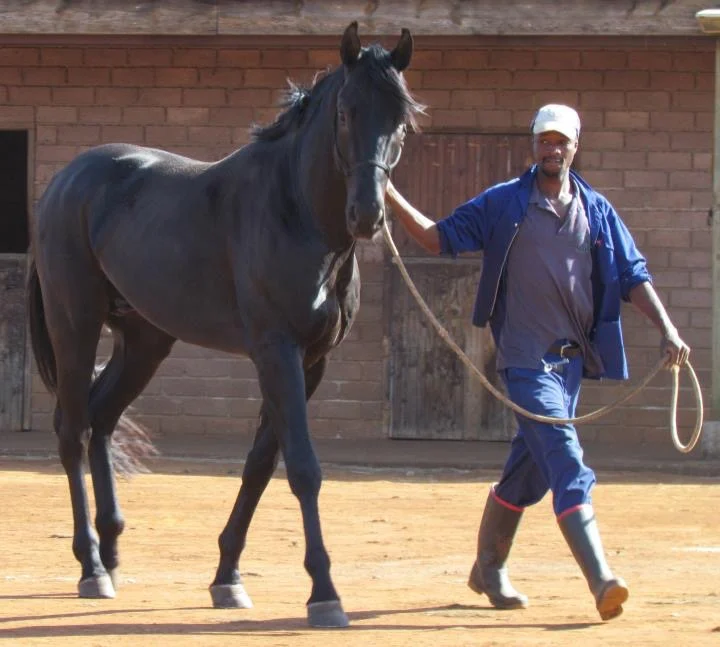
4. Living Conditions: The Goldilocks Principle
Not Too Little, Not Too Much—Just Right:
- Turnout: Daily movement is non-negotiable for physical and mental health.
- Socialization: Horses need companions—isolation leads to stress behaviors.
- Shelter: Provide shade in summer, windbreaks in winter.
- Stall Time: If stalled, ensure ample bedding, ventilation, and interaction.
Enrichment Ideas:
- Slow-feed hay nets to mimic grazing.
- Horse-safe toys (jolly balls, treat puzzles).
- Rotating pasture mates to prevent boredom.
5. Healthcare: Proactive vs. Reactive
Preventive Measures:
- Hoof Care: Regular trims (every 6-8 weeks) prevent long-term issues.
- Dental Checks: Annual floats ensure proper chewing and comfort.
- Vaccines/Parasite Control: Follow regional guidelines for core diseases.
Genetic Weakness? Compensate!
- Prone to arthritis? Add joint supplements before symptoms appear.
- Weak hooves? Invest in quality farriery and hoof conditioning.
- Allergies? Manage environment (dust-free bedding, soaked hay).
6. Recognizing Limits (and When to Push Them)
- Respect genetic constraints (e.g., don’t force a draft horse to be a reiner).
- But don’t underestimate potential—many horses surprise us when given patience and the right training.
Example: A stocky Quarter Horse might not have the gaits for upper-level dressage, but with creative training, it could excel at lower levels or become a stellar trail horse.
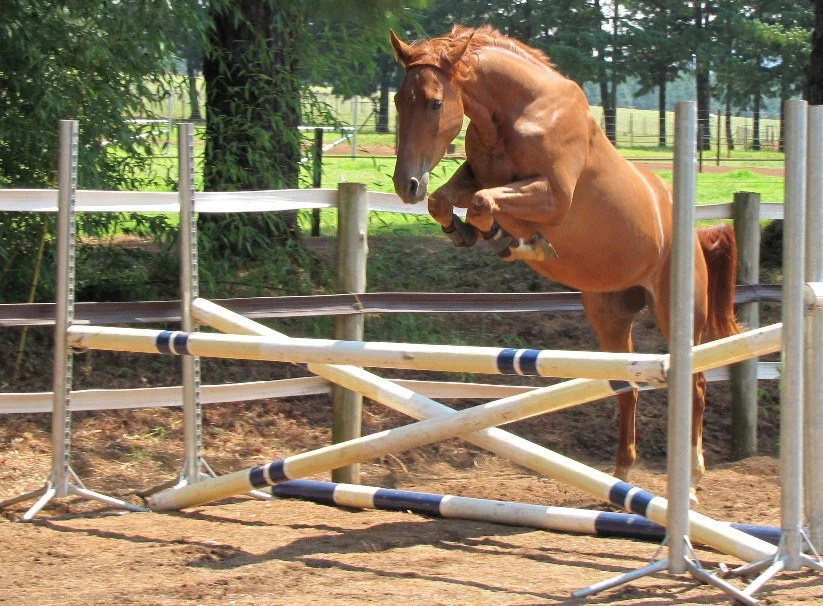
Final Thought: The Art of Balance
The best horsemen work with nature, not against it. They recognize innate tendencies but use nurture to refine, support, and sometimes compensate. Whether you’re raising a foal, rehabbing a rescue, or fine-tuning an athlete, the key is observing, adapting, and committing to lifelong learning.
Debunking Common Myths About Nature vs. Nurture in Horses
The nature vs. nurture debate is riddled with misconceptions—some harmless, others potentially damaging to how we raise and train horses. Let’s separate fact from fiction by tackling the most persistent myths head-on.
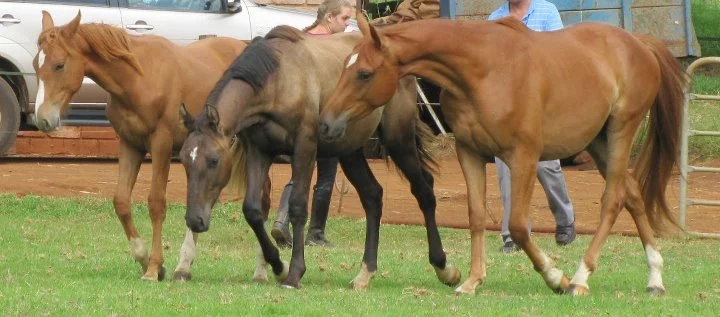
Myth 1: “Bloodlines Guarantee Performance”
Reality: While genetics influence potential, they don’t dictate destiny.
- A well-bred horse with poor training or health management may never reach its supposed “potential.”
- Conversely, “ordinary” horses often outperform pedigreed peers when given optimal care and skilled riding.
Example: The famed racehorse Seabiscuit was considered too small and awkwardly built—yet became a legend under the right team.
Myth 2: “Any Horse Can Do Any Job With Enough Training”
Reality: Genetics set physical and mental limits.
- A draft horse won’t excel in cutting, just as a petite Arabian isn’t built for heavyweight jumping.
- Temperament matters too: An anxious horse might tolerate but never enjoy high-pressure show environments.
Takeaway: Match the horse to the job—then let nurture refine its abilities.
Myth 3: “Bad Behavior Is Always a Training Problem”
Reality: Sometimes, it’s nature whispering (or shouting).
- Pain, poor vision, or neurological issues (e.g., Wobbler Syndrome) can mimic “bad” behavior.
- Certain breeds are predisposed to high reactivity (e.g., Thoroughbreds), requiring tailored approaches.
Solution: Rule out health causes before labeling a horse “difficult.”
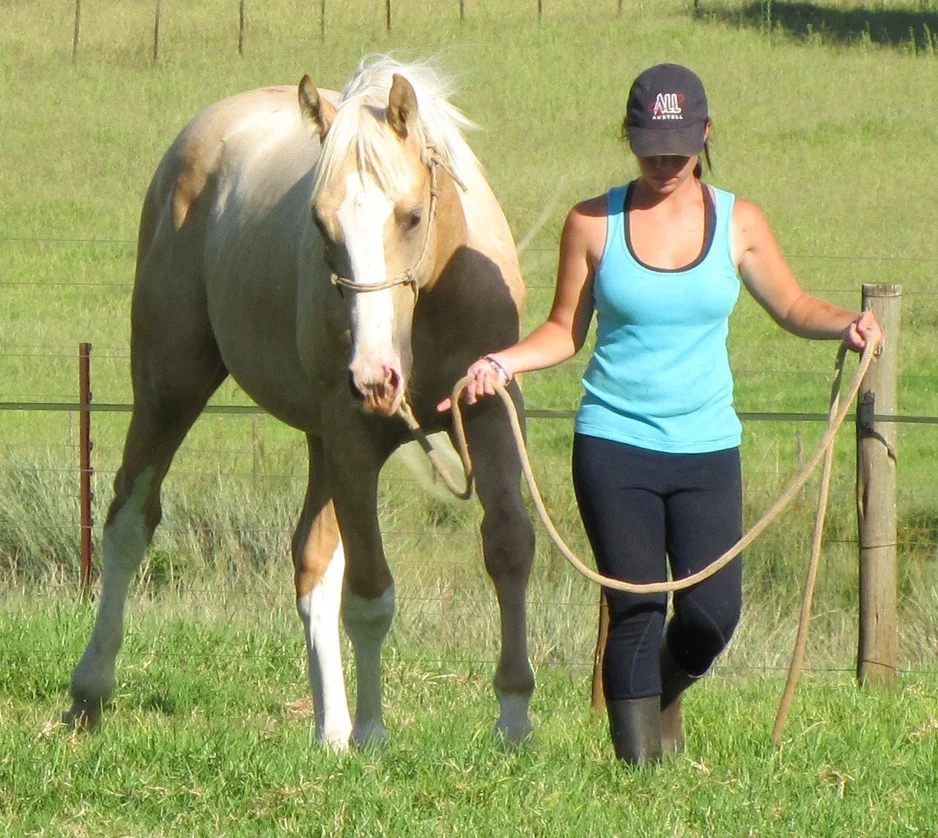
Myth 4: “Environment Doesn’t Affect Temperament”
Reality: Even the calmest genetics can unravel in stressful conditions.
- Studies show maternal stress during pregnancy can increase foal anxiety.
- Horses kept in isolation often develop stereotypic behaviors (cribbing, weaving)—regardless of breed.
Fix: Prioritize low-stress handling and social living.
Myth 5: “You Can’t Compensate for Weak Genetics”
Reality: Smart management can bridge many gaps.
- A horse with “weak hooves” might never have rock-hard feet, but proper trimming, nutrition, and boots can make it fully functional.
- A lethargic horse may lack innate drive but can become willing through motivating training.
Pro Tip: Focus on what the horse can do, not what it “should” do.
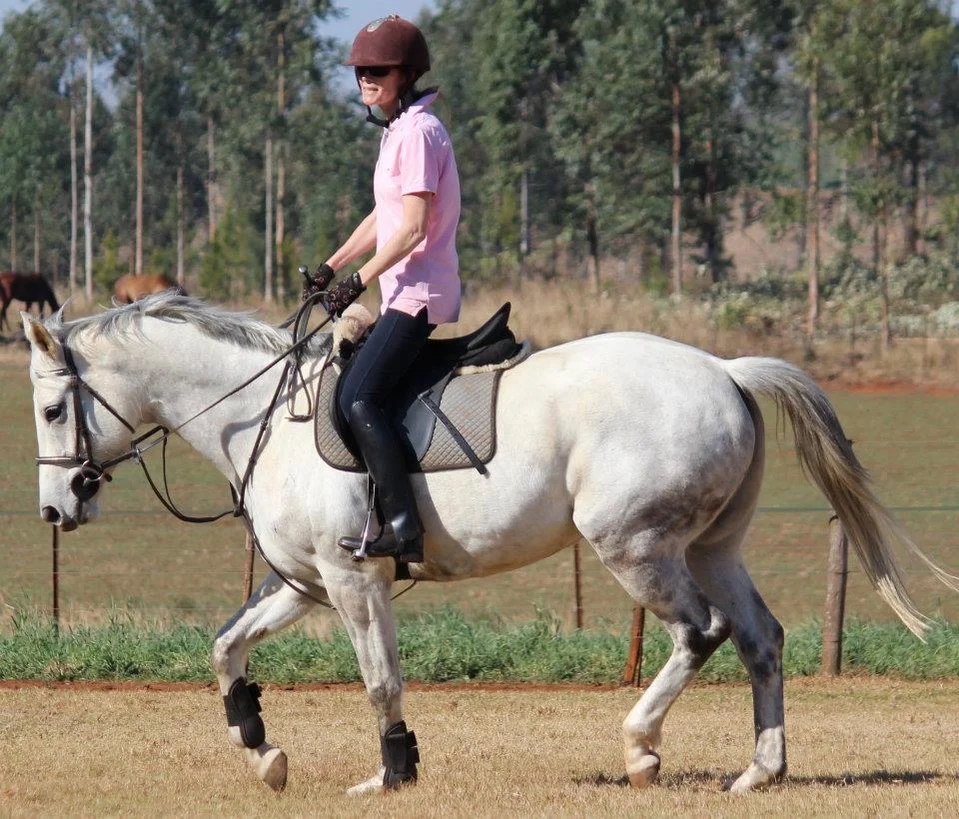
Myth 6: “Old Horses Can’t Change”
Reality: Neuroplasticity exists in horses too.
- Senior horses can learn new skills (though slower than youngsters).
- Many rescue horses, even after years of neglect, transform with patience.
Inspiration: The Horse Rescue Foundation retrains 20-year-olds as therapy mounts—proving it’s never too late.
Final Myth-Buster: “Nature vs. Nurture Is a Battle”
Truth: It’s a partnership.
- Genetics load the gun; environment pulls the trigger.
- The best results come from respecting nature while optimizing nurture.
Example: A talented but nervous Sporthorse might not suit a novice rider—but with an experienced trainer, it could shine.
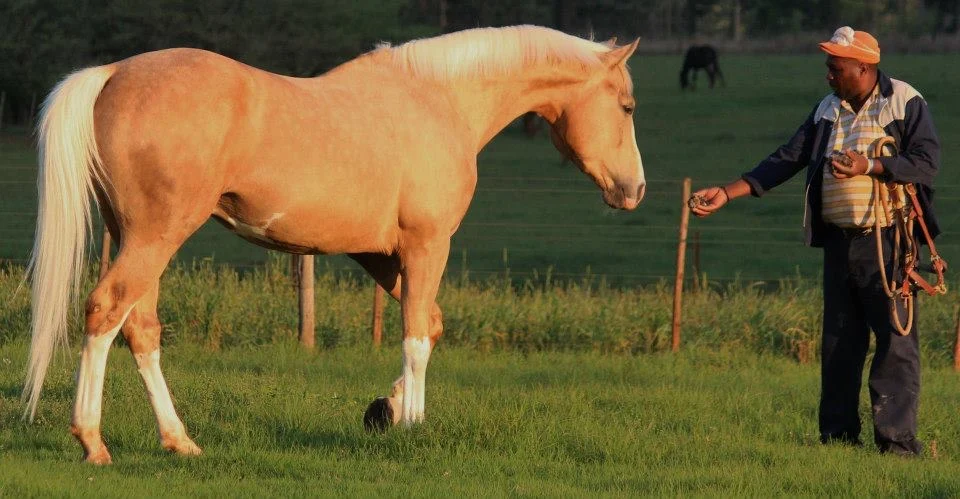
Conclusion: Embracing the Dance of Nature and Nurture
The journey through nature vs. nurture in horses reveals a profound truth: great horsemanship isn’t about choosing sides—it’s about harmonizing both.
Key Takeaways
- Genetics set the stage, but environment directs the play. A well-bred horse can flounder without proper care, while a “plain” horse may astonish when given the right opportunities.
- There are no hopeless horses—only mismatched expectations. Recognize innate limits, but never underestimate the power of patience and tailored training.
- The best environments celebrate individuality. What works for a stoic Percheron won’t suit a sensitive Arabian. Observe, adapt, and customize.
- Myths persist, but knowledge dispels them. Question assumptions like “bloodlines guarantee success” or “old dogs can’t learn new tricks.”
A Call to Action for Horse Lovers
- Breeders: Pair thoughtful genetics with impeccable early care. The first year of life shapes a horse’s future.
- Owners: Audit your horse’s lifestyle. Could diet, turnout, or training tweaks unlock hidden potential?
- Riders: Meet your horse where it is. Train the horse in front of you—not the one you wish you had.
Final Thought
Horses, like humans, are a blend of inherited traits and lived experiences. Our role isn’t to control nature, but to nurture with wisdom—creating partnerships where both horse and human thrive.
Now It’s Your Turn:
- Which myth surprised you most?
- Have you ever transformed a horse against the odds? Share your story below!
Enjoyed this post? Subscribe for more science-backed horse care insights, or explore our piece on “Reading Your Horse’s Body Language: The Hidden Signals.”
Further resources
- Books:
- “The Nature of Horses” by Stephen Budiansky – This book explores the natural history and behavior of horses, providing insights into how horses think, feel, and perceive their environments.
- “Horse Behavior Explained: Origins, Treatment, and Prevention of Problems” by Vicky Melfi, Sarah L. Waran, and Helen L. L. Roberts – A comprehensive guide to understanding and managing horse behavior through a scientific lens.
- Websites:
- The Horse: Your Guide to Equine Health Care (thehorse.com) – A comprehensive website offering articles, webinars, and other educational materials on horse health and management.
- Equine Behavioral Science Institute (equinebehavioralscience.org) – Provides resources and information on the scientific study of equine behavior, offering courses and seminars for those interested in a deeper understanding.
- Online Courses and Webinars:
- Ethology and Behavior of Horses Course – Coursera – Offered by the University of Florida, this course covers the fundamentals of horse behavior, including how environmental factors influence behaviors.
- Webinars from the American Association of Equine Practitioners (AAEP) – AAEP offers a series of webinars that address various aspects of horse health and management, including behavior and welfare.
- Organizations:
- International Society for Equitation Science (ISES) (equitationscience.com) – A global organization that promotes and supports the application of scientific research to horse training and care practices.
- National Equine Welfare Council (NEWC) (newc.co.uk) – Offers guidelines, resources, and support for horse welfare and management, particularly in the UK.
- Apps:
- Horse Side Vet Guide – This mobile app provides horse owners with a wealth of information on equine health, offering guidance for recognizing and managing various health issues.
- Paddock Pro – An app designed for managing horse farms and health records, helping owners keep track of feeding, training, and health care.
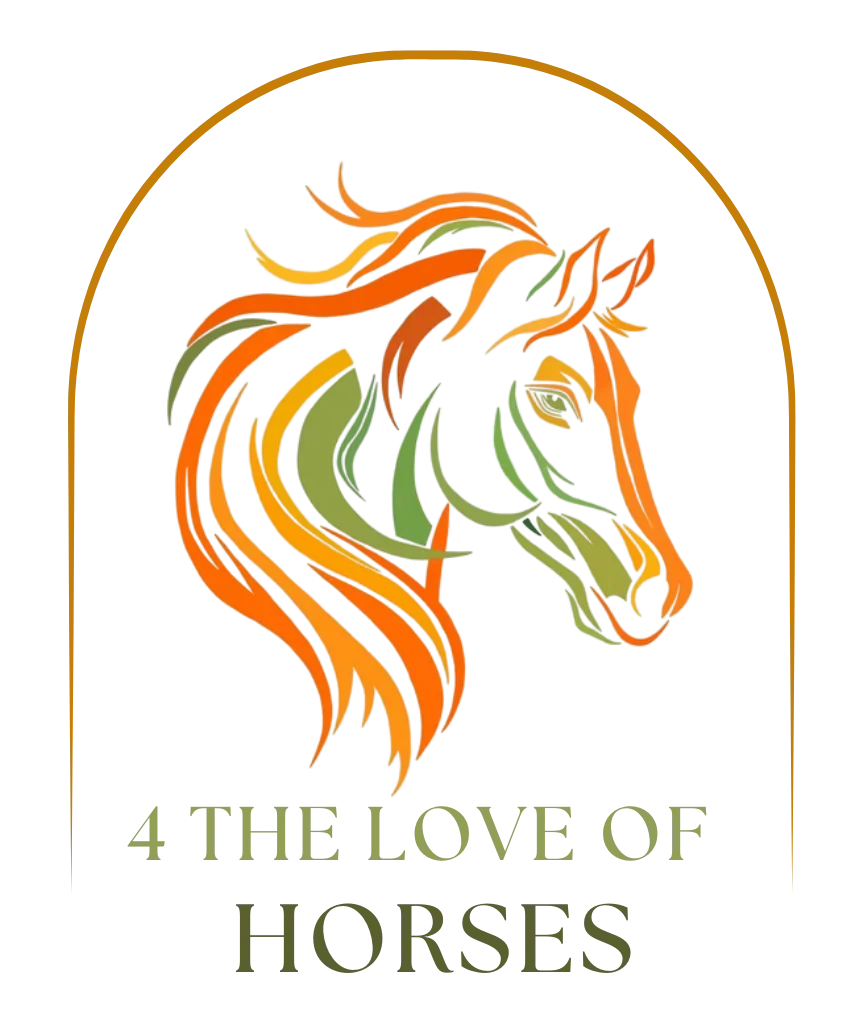
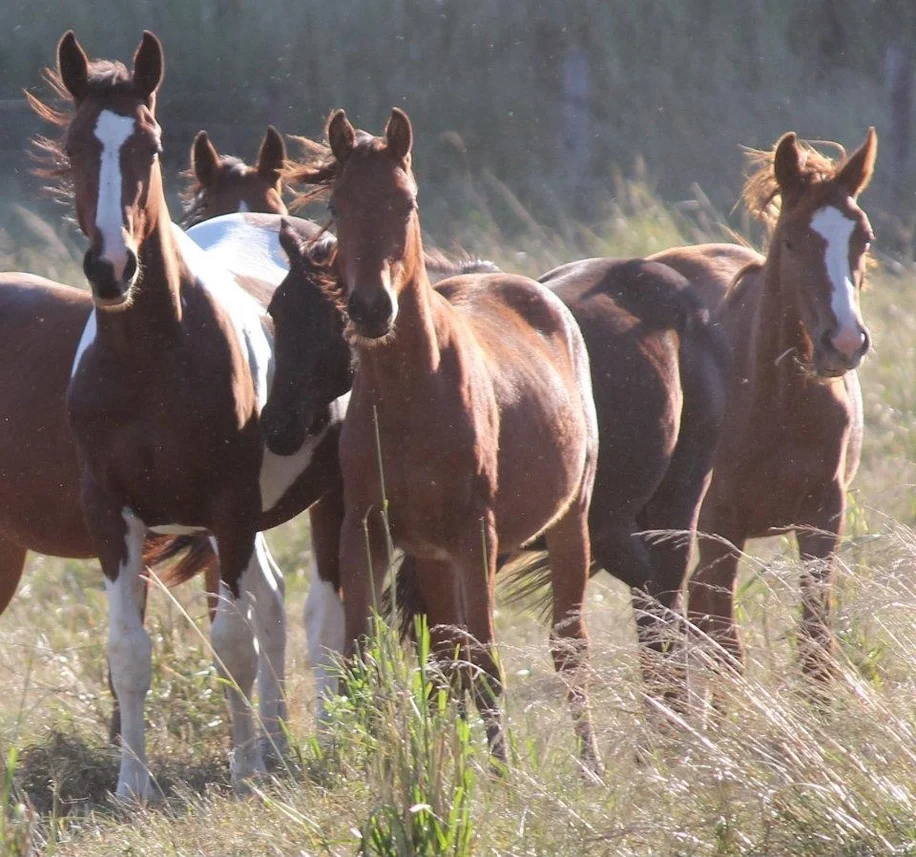

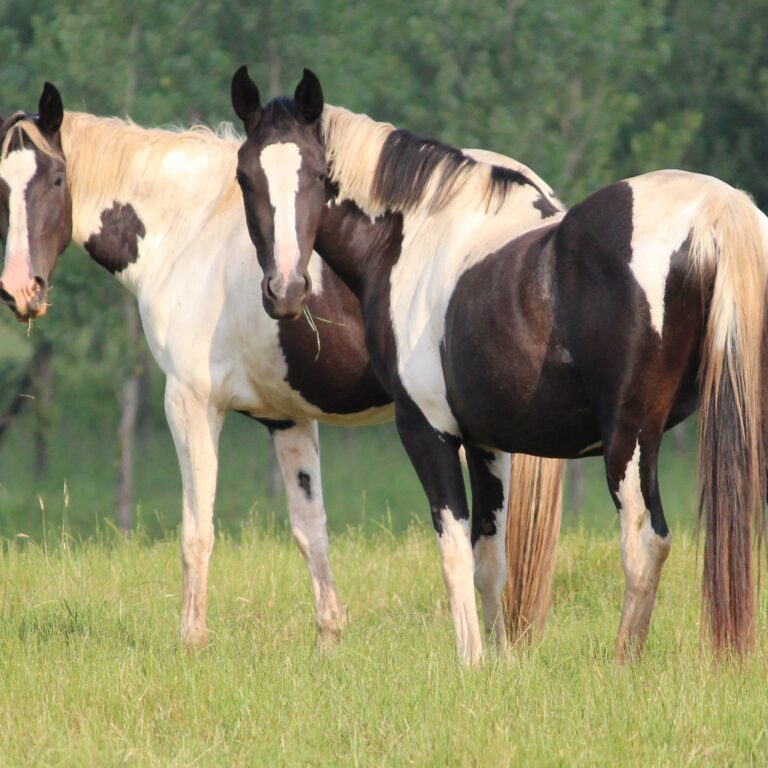
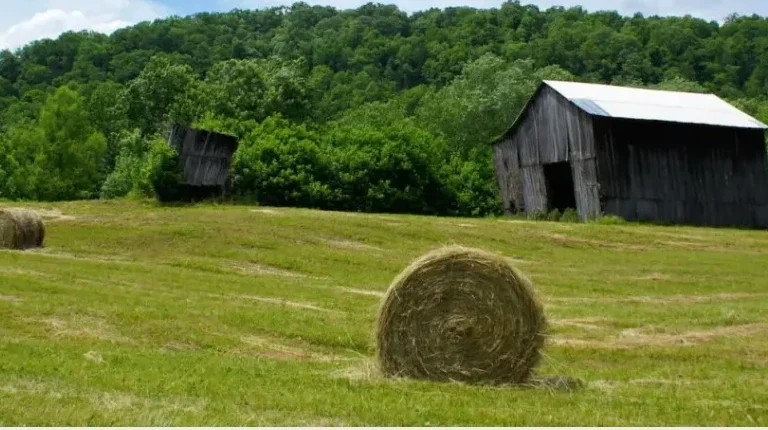
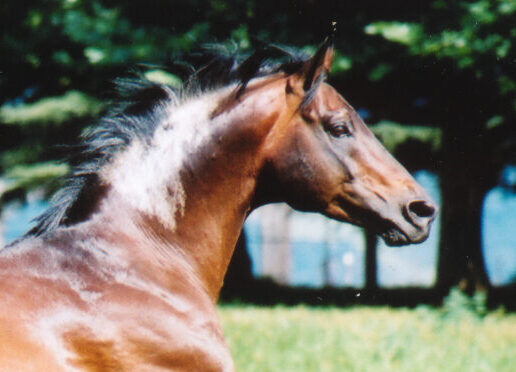
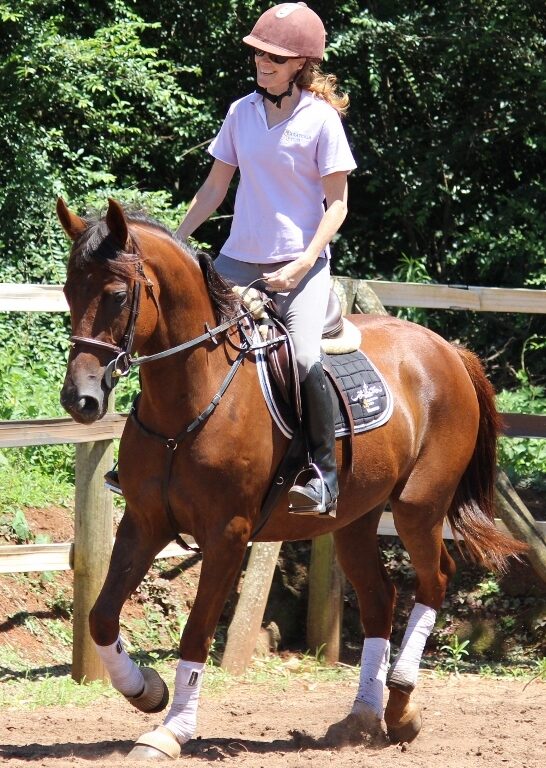
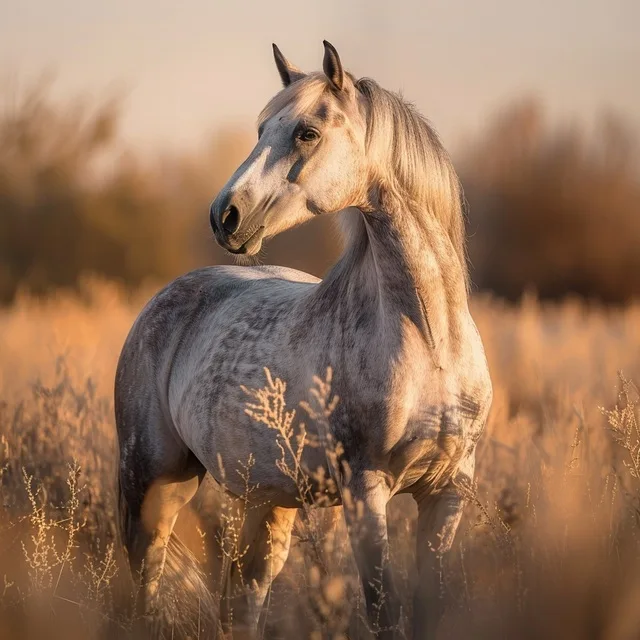
Leave a Reply